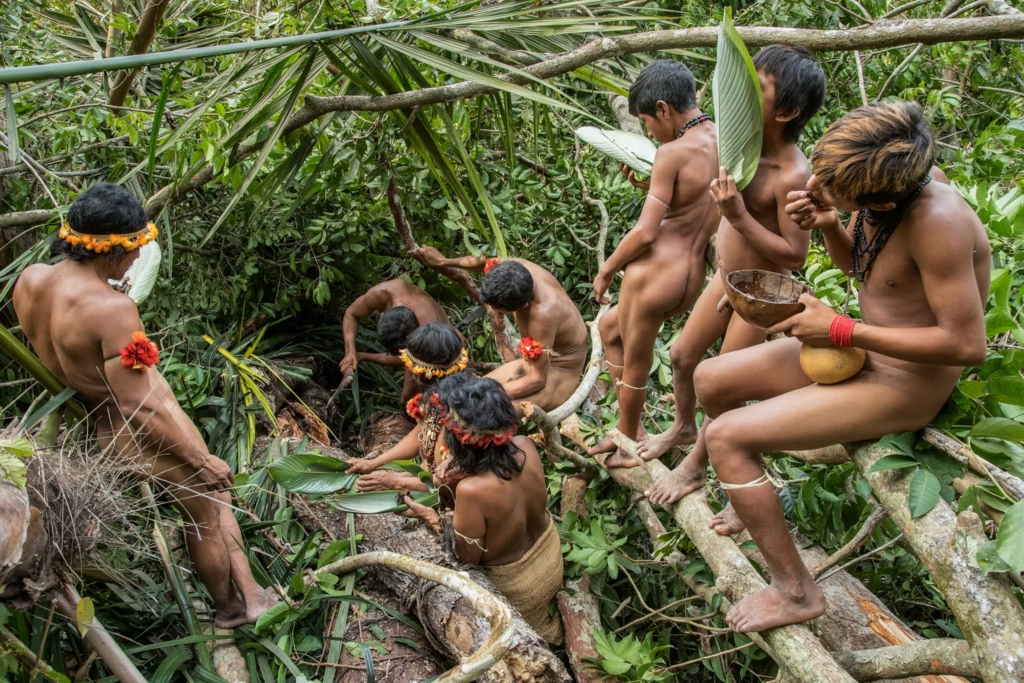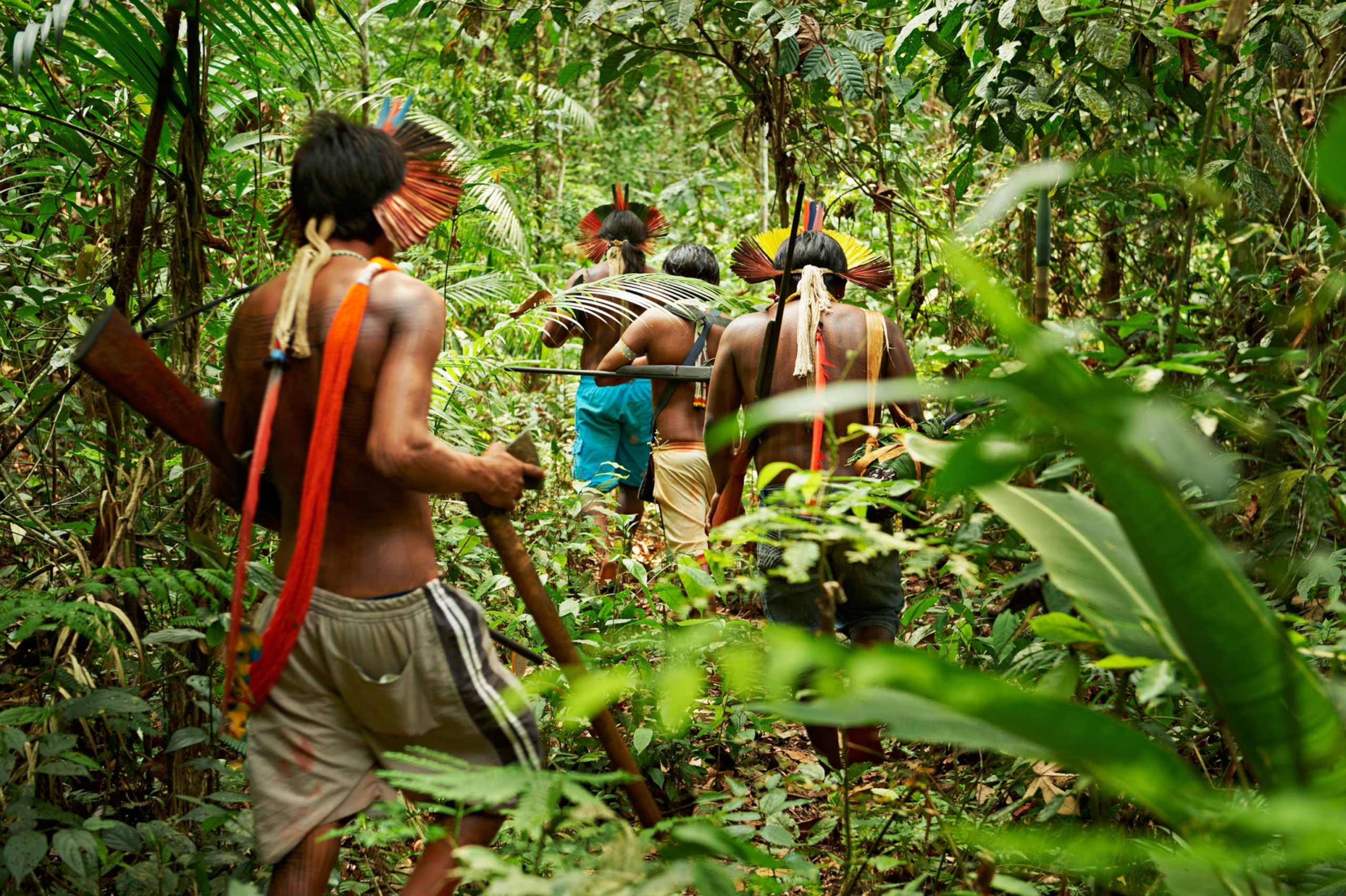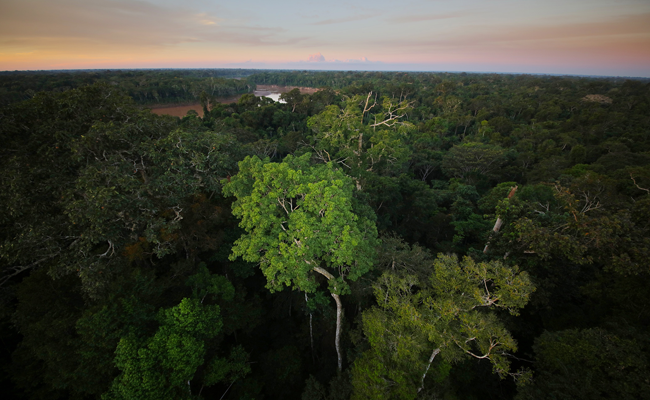The Amazon Rainforest, often called the “lungs of the Earth,” is home to thousands of plant and animal species as well as a rich diversity of indigenous tribes. These tribes have lived in harmony with the forest for centuries, developing unique cultures, traditions, and ways of life that reflect a deep connection with nature.
Tribal Communities in the Amazon Forest
The Amazon Rainforest spans multiple South American countries, including Brazil, Peru, Colombia, and Ecuador, and is inhabited by over 400 distinct indigenous tribes. Some well-known tribes include the Yanomami, Kayapo, Ashaninka, and Ticuna. Each tribe has its own language, customs, and social structures. Despite modern influences, many tribes continue to preserve traditional lifestyles that have been passed down through generations.
Daily Life and Livelihood
Tribal life in the Amazon is closely tied to the natural environment. Hunting, fishing, and gathering are primary sources of food, supplemented by small-scale farming of crops like manioc, maize, and bananas. Tribes also rely on medicinal plants from the forest for healthcare, demonstrating extensive knowledge of local flora.
Housing varies between tribes, but many live in communal huts or longhouses made from natural materials like wood, leaves, and palm fibers. These structures are designed to withstand the tropical climate and provide shelter for extended families.

Culture and Traditions
Cultural practices, ceremonies, and rituals play a significant role in tribal life. Many tribes perform ritual dances, songs, and storytelling, which help pass down historical knowledge, moral values, and spiritual beliefs. Art and crafts, such as handmade jewelry, body painting, and weaving, reflect both creativity and cultural identity.
Tribal societies are often governed by elders or chiefs, who make decisions collectively and ensure harmony within the community. Social cooperation and respect for the environment are central to survival in the challenging rainforest ecosystem.
Challenges and Modern Influence
Despite their resilience, Amazonian tribes face increasing threats from deforestation, illegal mining, and climate change. Encroachment by outsiders has led to the loss of traditional lands and cultural erosion. Many tribes now work with NGOs and governments to protect their territories and maintain their way of life while adapting selectively to modern technology.
Tribal life in the Amazon Forest represents a remarkable example of human adaptation and coexistence with nature. These communities continue to preserve ancient traditions, environmental knowledge, and cultural identity, offering valuable lessons about sustainability and the importance of protecting both nature and indigenous heritage.
Andaman and Nicobar Islands Forests
Tours And Travels Website Design
![]()





